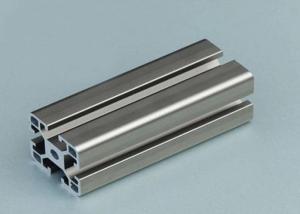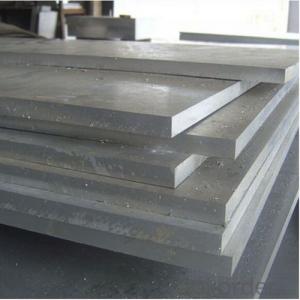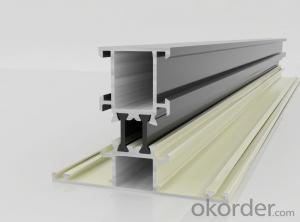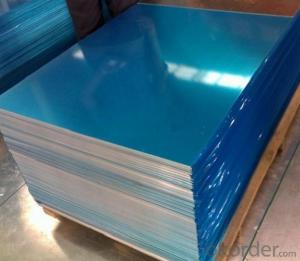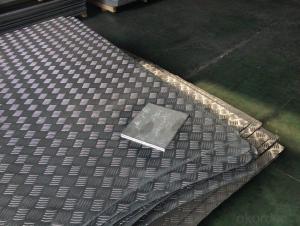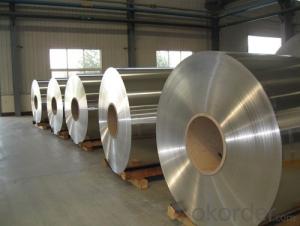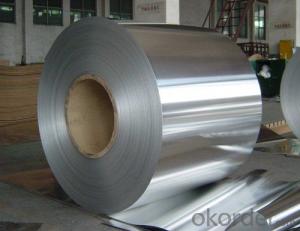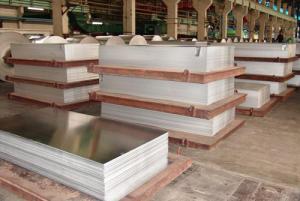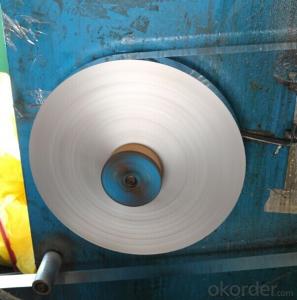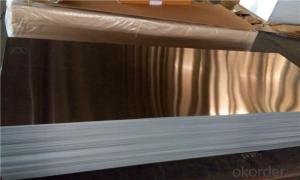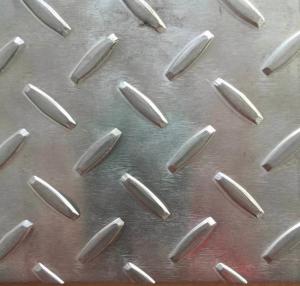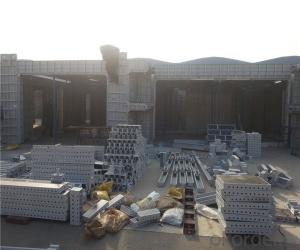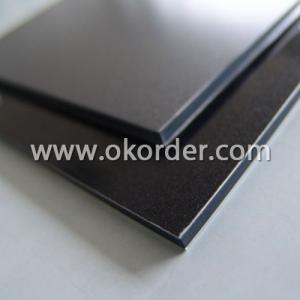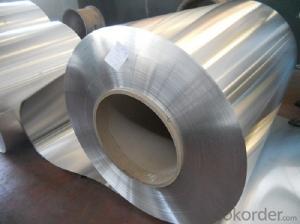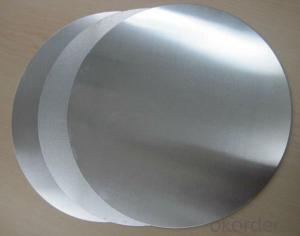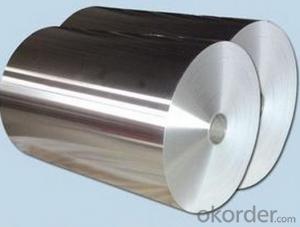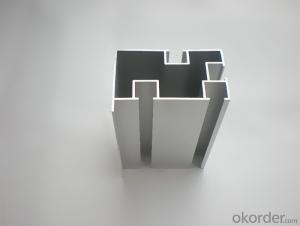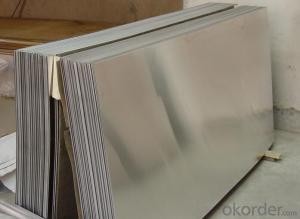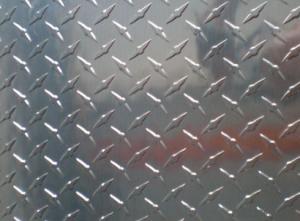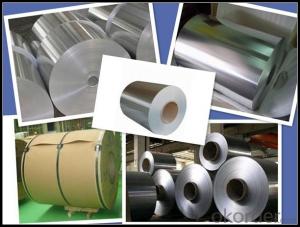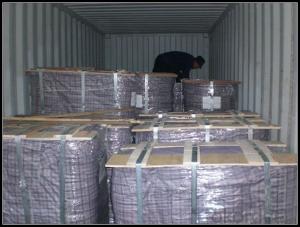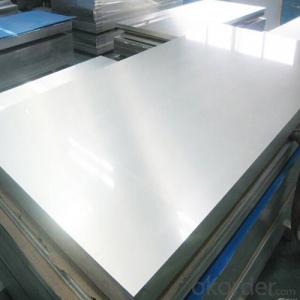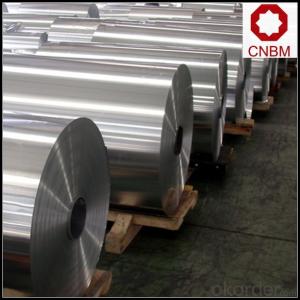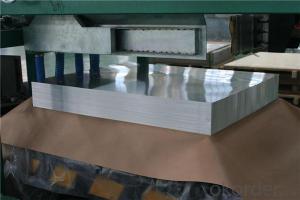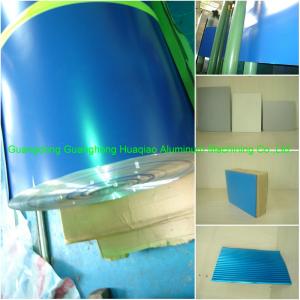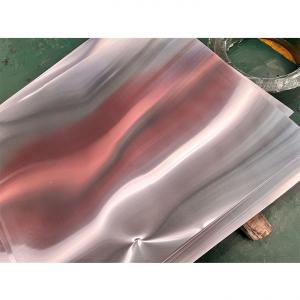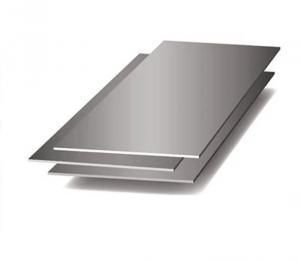Bending 6061 Aluminum Plate
Bending 6061 Aluminum Plate Related Searches
Aluminum 6061 Plate Aluminum Plate 6061 6061 Aluminum Alloy Plate 6061-T6 Aluminum Plate 6061 T6 Aluminum Plate 1 2 6061 Aluminum Plate T6061 Aluminum Plate 6061 Aluminum Tread Plate 6061 Aluminum Tooling Plate Metric 6061 Aluminum Plate 1 4 6061 Aluminum Plate 1/2 6061 Aluminum Plate 6061 Aluminum Diamond Plate 6061 0 Aluminum Plate 6060 Aluminum Plate 1/4 6061 Aluminum Plate Bending Aluminum Plate 6061 Aluminum Plate 1 2 3/8 6061 Aluminum Plate 6061 Aluminum Plate For Sale 6061 T651 Aluminum Plate 6061-T651 Aluminum Plate Aluminum Plate 6063 3 8 6061 Aluminum Plate 6061 Aluminum Plate Thickness 6063 Aluminum Plate Bending Plate Aluminum 6061 Aluminum Plate Price 6061 T6 Aluminum Plate Flatness 6061 Aluminum Plate SuppliersBending 6061 Aluminum Plate Supplier & Manufacturer from China
Bending 6061 Aluminum Plate is a versatile and widely-used alloy that boasts excellent strength, corrosion resistance, and workability. This type of aluminum plate is known for its ability to be easily bent and shaped without compromising its structural integrity, making it an ideal choice for various applications. The product's properties make it suitable for a range of industries, including aerospace, automotive, and construction, where high-strength and lightweight materials are essential.The Bending 6061 Aluminum Plate is utilized in numerous applications, such as in the manufacturing of aircraft components, automotive parts, and structural frameworks. Its high strength-to-weight ratio and resistance to corrosion make it a popular choice for applications where durability and longevity are critical. Additionally, the plate's workability allows for complex shapes and designs to be achieved, further expanding its potential uses in various industries.
Okorder.com is a reputable wholesale supplier of Bending 6061 Aluminum Plate, offering a vast inventory to cater to the diverse needs of clients. With a commitment to quality and customer satisfaction, Okorder.com ensures that the aluminum plates they provide meet the highest industry standards. Their extensive inventory allows customers to find the specific dimensions and specifications required for their projects, making Okorder.com a reliable source for Bending 6061 Aluminum Plate.
Hot Products

